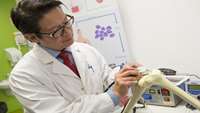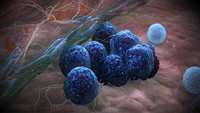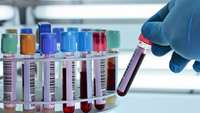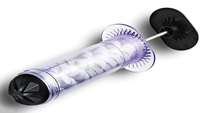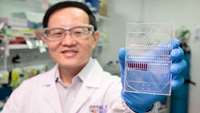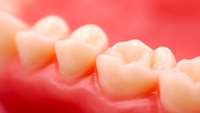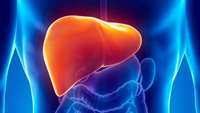Stem-cell technology aids 3-D printed cartilage repair
Novel stem-cell technology developed at Swinburne will be used to grow the massive number of stem cells required for a new hand-held 3-D printer that will enable surgeons to create patient-specific bone and cartilage.
Potential of 3-D nanoenvironments for experimental cancer research
Researchers at Okayama University employed a 3-D nano-matrix to gain insights into how different cells types mimic the properties of cancer stem cells in this environment. Their results published in the journal PLOS Oneshow that a nano-environment promotes distinct patterns of cell aggregation and biological properties that are reminiscent of tumors.
The 3rd National Festival and International Congress on Stem Cells and Regenerative Medicine
Considerable advances in Stem Cells and Regenerative Medicine during the past decade, has created much hope for the treatment of chronic and incurable illnesses, such as various cancers, genetic illnesses, illnesses due to old age, and deterioration of tissues and organs
30 percent growth in the number of specialized workgroups of the laboratory network
Manager of the strategic technologies laboratory network announced the 30% growth in the number of members of the specialized workgroups of the laboratory network.
Researchers develop injectable bandage
A penetrating injury from shrapnel is a serious obstacle in overcoming battlefield wounds that can ultimately lead to death.Given the high mortality rates due to hemorrhaging, there is an unmet need to quickly self-administer materials that prevent fatality due to excessive blood loss.
Scientists develop novel cancer cell culture test kit for personalised, precise cancer therapy
A team of scientists led by Professor Lim Chwee Teck, Principal Investigator at the Mechanobiology Institute, Singapore (MBI) and the Department of Biomedical Engineering at the National University of Singapore (NUS) and NUS Ph.D. graduate Dr. Khoo Bee Luan, has developed a novel and robust cancer cell-based assay that could help clinicians to diagnose cancer, monitor the disease state and customise drug therapies for each individual patient.
Unraveling how mesenchymal stem cells from gum tissue accelerate wound healing
Ever notice how a cut inside the mouth heals much faster than a cut to the skin? Gum tissue repairs itself roughly twice as fast as skin and with reduced scar formation. One reason might be because of the characteristics of gingival mesenchymal stem cells, or GMSCs, which can give rise to a variety of cell types.
Studies show promise of immunotherapy combinations, including CAR T
As immunotherapies continue to make up a larger share of new cancer drugs, researchers are looking for the most effective ways to use these cutting edge treatments in combination with each or with other pre-existing options.
Sattari on Conference of Support of Iranian Products
The path of flourishing and competitiveness of “Iranian made” products will be paved by culture and market building in this area.
According to the public relations and information center of the Vice-Presidency for science and technology affairs, Sorena Sattari stated on the conference of support of Iranian products, which was held in Qarchak, that oil-based economy provided from underground reserves cannot be a proper solution for flourishing of business and support of “Iranian made” products. In this regard, he stated: new steps have been taken in line with the support of Iranian-made knowledge-based products with the support of knowledge-based companies and startups.
Treating liver failure with stem cell-derived liver cells in the future
A research collaboration between A*STAR’s Genome Institute of Singapore (GIS) and Institute of Molecular and Cellular Biology (IMCB), and the Stanford University School of Medicine, has discovered methods to efficiently generate pure liver cells from human stem cells. This could lead to more effective ways of treating liver failure.


